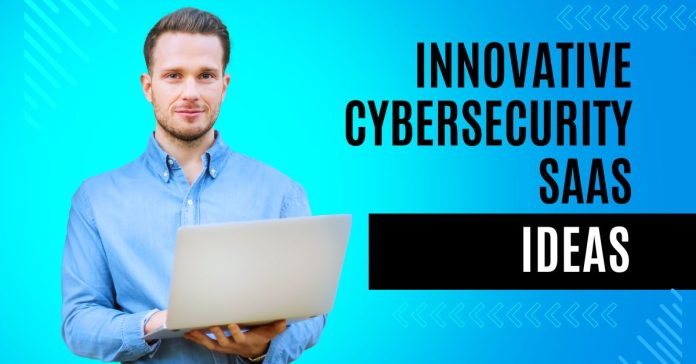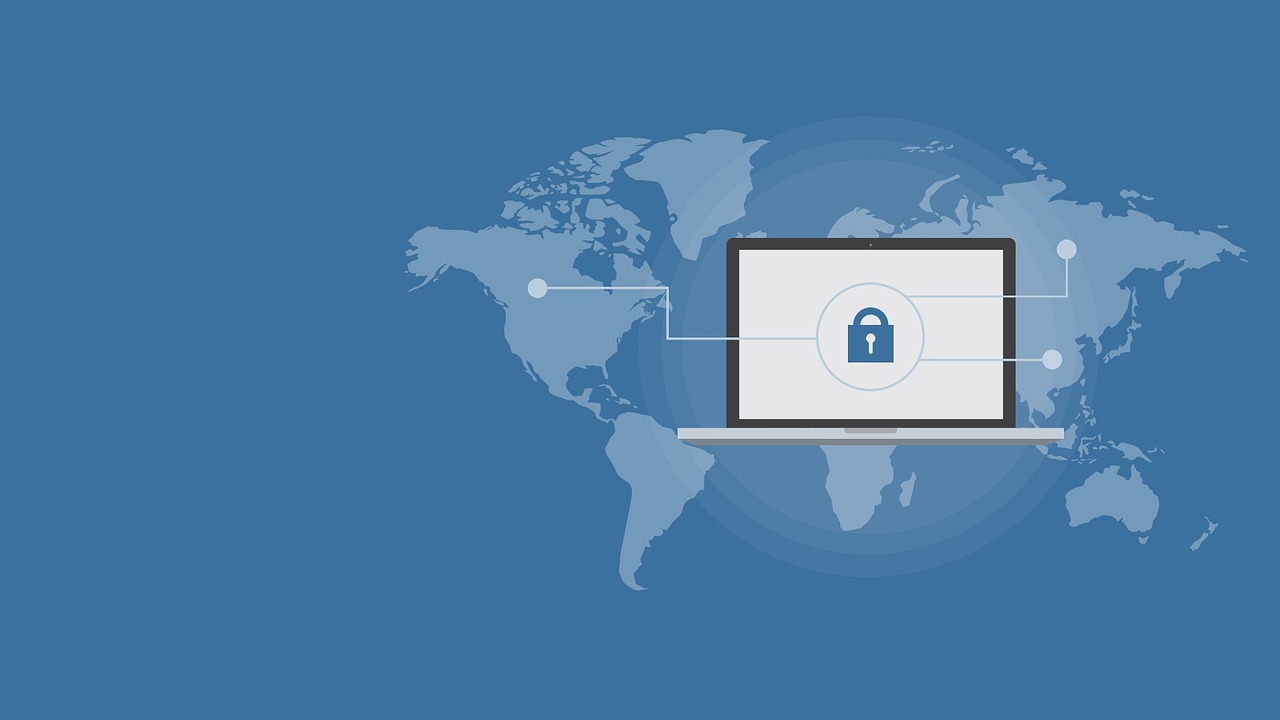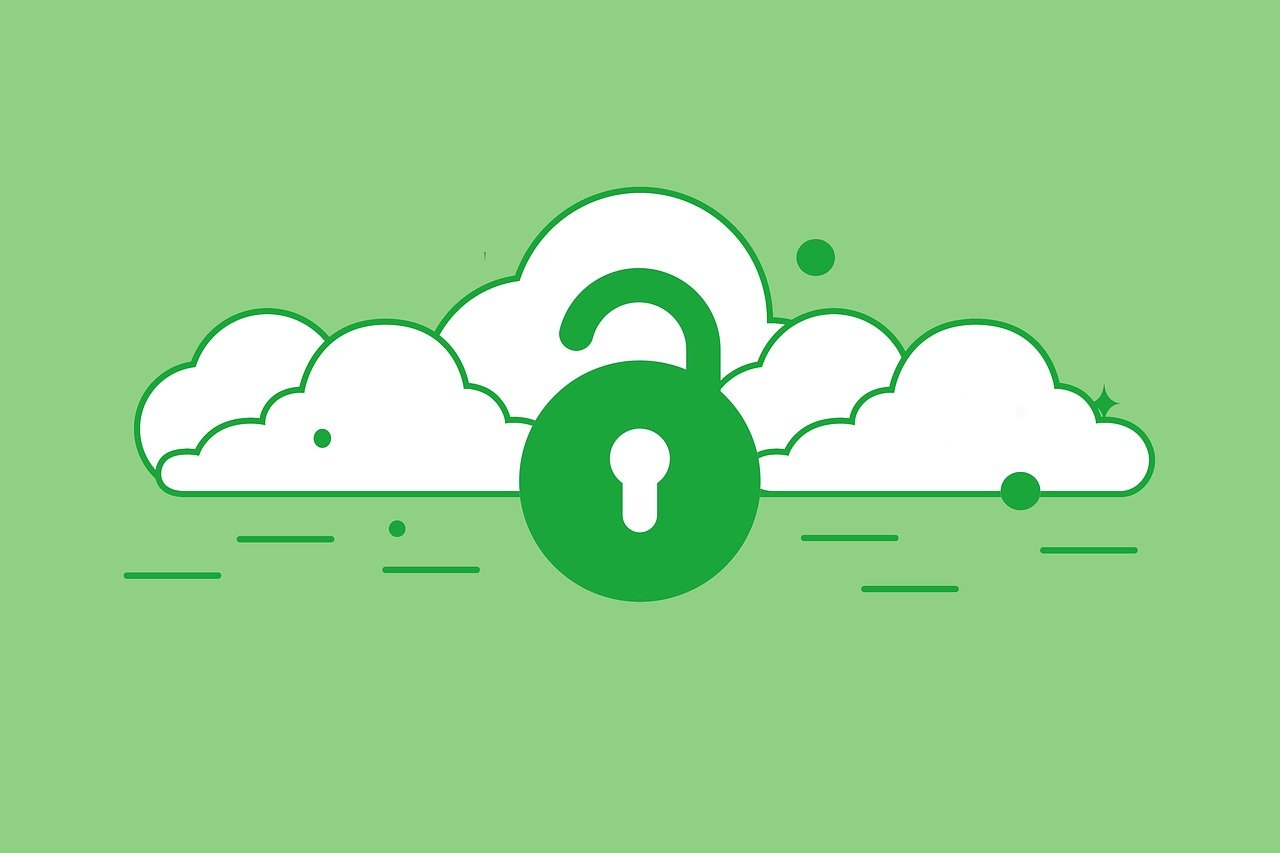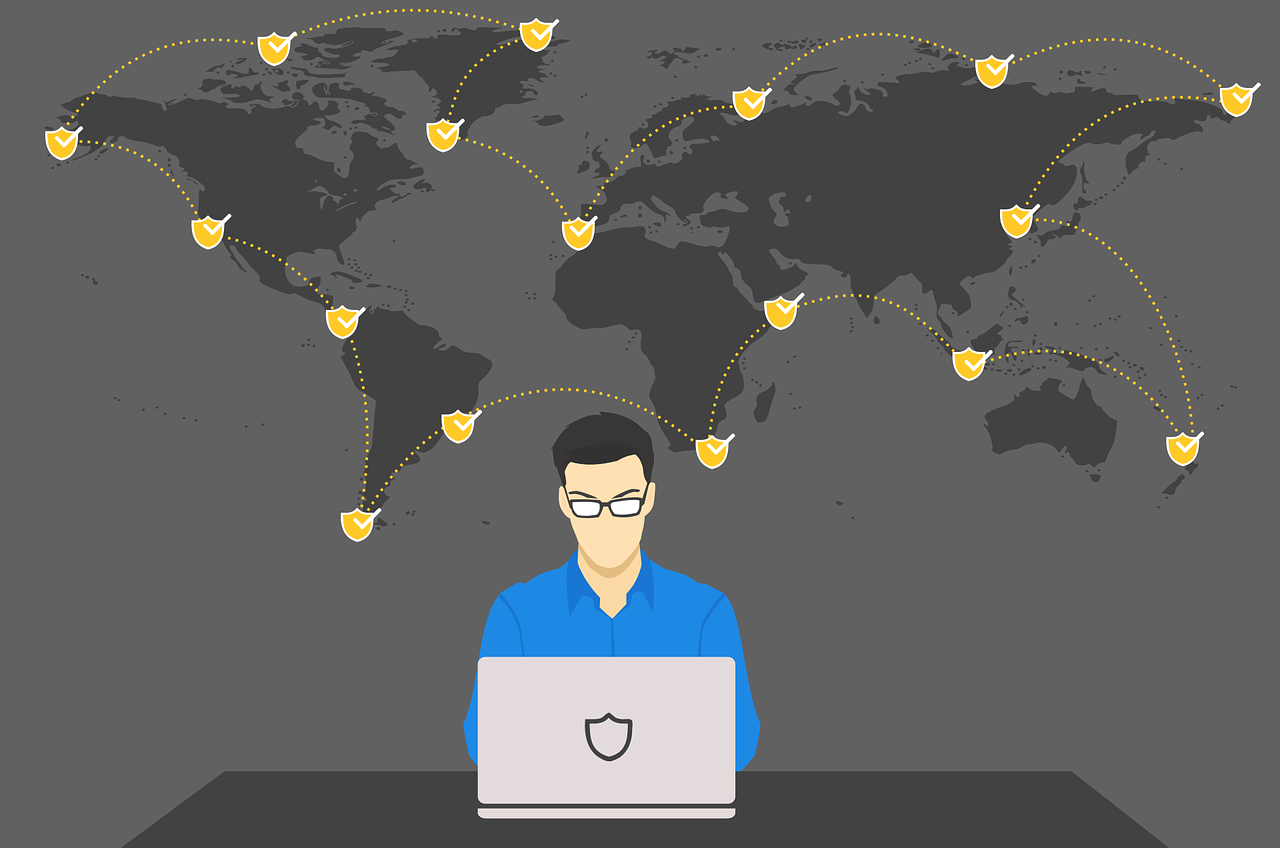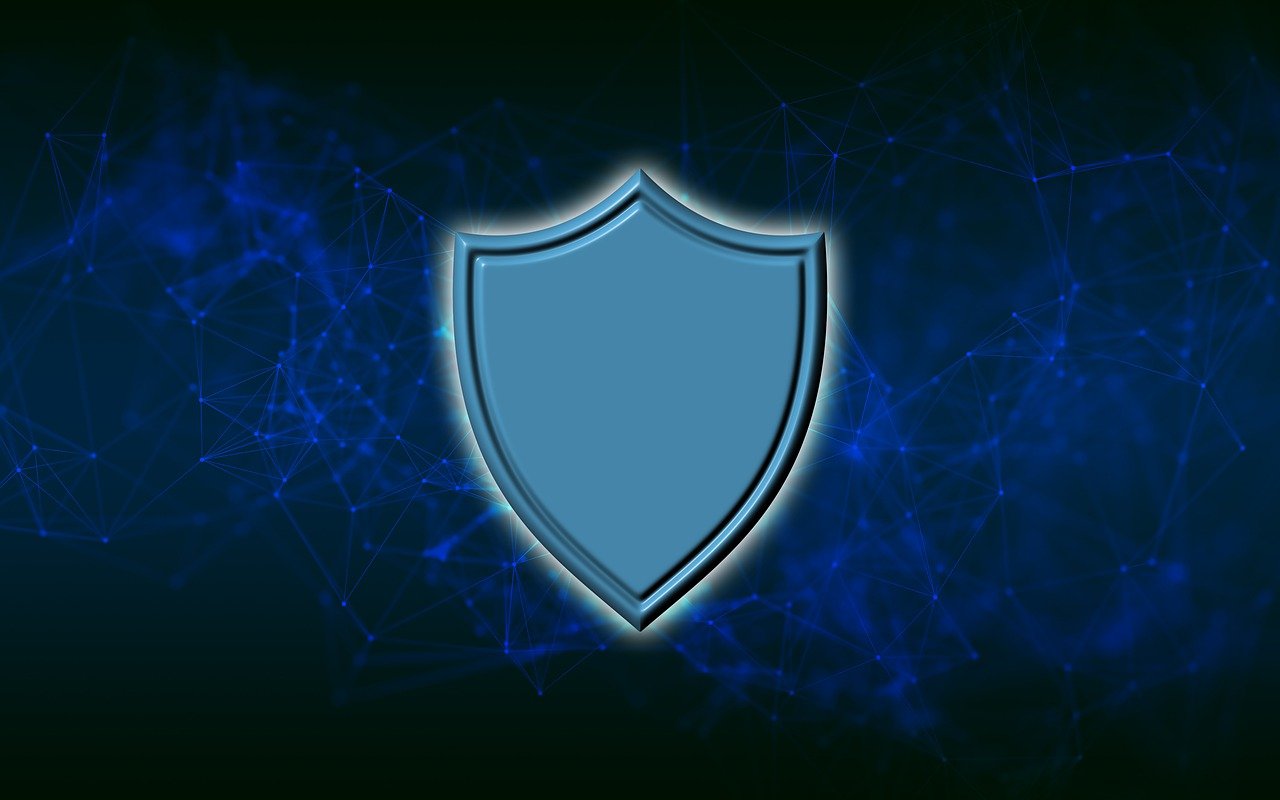In this post, I will be exploring innovative cybersecurity SaaS ideas.
In the digital age, cybersecurity has become a critical concern for businesses and individuals alike.
With the growing threat of cyberattacks and data breaches, the demand for robust cybersecurity solutions has skyrocketed.
Software as a Service (SaaS) platforms have emerged as a powerful tool to address these challenges, offering scalable and efficient solutions to enhance security measures.
In this blog, we will explore various innovative cybersecurity SaaS ideas, their importance, and how they can revolutionize the cybersecurity landscape.
Table of Contents
The Growing Importance of Cybersecurity
In today’s interconnected world, the digital landscape is constantly evolving, bringing both opportunities and challenges. With the increasing reliance on digital technologies, the importance of cybersecurity cannot be overstated.
Cyberattacks have become more sophisticated and frequent, targeting organizations of all sizes across various industries. Data breaches, ransomware attacks, and phishing scams are just a few examples of the threats that businesses and individuals face daily.
Cybersecurity is not only about protecting sensitive data but also about ensuring the integrity and availability of digital systems. A single cyber incident can result in significant financial losses, reputational damage, and legal repercussions.
Therefore, businesses must adopt robust cybersecurity measures to safeguard their assets and maintain trust with their customers.
The Role of SaaS in Cybersecurity
Software as a Service (SaaS) has revolutionized the way businesses operate, offering scalable and cost-effective solutions across various domains. In the realm of cybersecurity, SaaS platforms provide several advantages:
- Scalability: SaaS solutions can easily scale to meet the growing demands of an organization.
- Cost-efficiency: With SaaS, businesses can avoid the high upfront costs associated with traditional software.
- Accessibility: SaaS platforms are accessible from anywhere with an internet connection, facilitating remote work and collaboration.
- Regular Updates: SaaS providers frequently update their solutions to address emerging threats and vulnerabilities.
By leveraging the power of SaaS, organizations can enhance their cybersecurity posture without the need for extensive in-house expertise or infrastructure.
Without further ado, let me give you the best innovative cybersecurity SaaS ideas.
Best Cybersecurity SaaS Ideas
1. Real-time Threat Detection and Response
One of the most critical aspects of cybersecurity is the ability to detect and respond to threats in real time.
A SaaS platform that offers real-time threat detection and response can help organizations identify and mitigate cyber threats before they cause significant damage. Key features of such a platform may include:
- Advanced Threat Intelligence: Utilizing machine learning and artificial intelligence to analyze vast amounts of data and identify patterns indicative of cyber threats.
- Automated Response: Implementing automated response mechanisms to neutralize threats quickly and efficiently.
- Incident Management: Providing tools for incident management, including alerting, logging, and reporting.
2. Identity and Access Management (IAM)
Identity and Access Management (IAM) is crucial for ensuring that only authorized individuals have access to sensitive information and systems. A SaaS-based IAM solution can streamline the process of managing user identities and access rights. Key features may include:
- Single Sign-On (SSO): Allowing users to access multiple applications with a single set of credentials.
- Multi-factor Authentication (MFA): Adding an extra layer of security by requiring multiple forms of verification.
- Access Controls: Implementing fine-grained access controls to limit user permissions based on roles and responsibilities.
3. Security Information and Event Management (SIEM)
Security Information and Event Management (SIEM) solutions play a vital role in monitoring and analyzing security events across an organization. A SaaS-based SIEM platform can provide real-time visibility into security incidents and streamline the process of threat detection and response.
Key features may include:
- Centralized Logging: Collecting and aggregating logs from various sources for centralized analysis.
- Correlation and Analysis: Correlating security events to identify potential threats and anomalies.
- Dashboards and Reporting: Providing intuitive dashboards and reports to visualize security metrics and trends.
4. Endpoint Security Management
Endpoints, such as laptops, smartphones, and tablets, are often the weakest link in an organization’s security posture. A SaaS-based endpoint security management solution can help protect these devices from malware, ransomware, and other threats. Key features may include:
- Antivirus and Anti-malware: Detecting and removing malicious software from endpoints.
- Device Management: Enforcing security policies and configurations on endpoints.
- Remote Wipe: Allowing administrators to wipe data from lost or stolen devices remotely.
5. Data Loss Prevention (DLP)
Data Loss Prevention (DLP) solutions are designed to prevent unauthorized access, use, and transfer of sensitive data. A SaaS-based DLP platform can help organizations protect their data from internal and external threats. Key features may include:
- Content Inspection: Analyzing data at rest, in transit, and in use to identify sensitive information.
- Policy Enforcement: Implementing policies to control the transfer of sensitive data.
- Alerting and Reporting: Generating alerts and reports for potential data breaches.
6. Cloud Security Solutions
As more organizations migrate to the cloud, ensuring the security of cloud environments has become paramount. A SaaS-based cloud security solution can help organizations secure their cloud infrastructure and applications. Key features may include:
- Cloud Configuration Management: Ensuring that cloud resources are configured securely.
- Threat Detection: Monitoring cloud environments for potential threats and vulnerabilities.
- Compliance Management: Helping organizations meet regulatory requirements for cloud security.
7. Automated Penetration Testing
Another noteworthy mention among the best cybersecurity SaaS ideas is automated penetration testing solution.
Penetration testing is a crucial component of a comprehensive cybersecurity strategy. A SaaS-based automated penetration testing solution can help organizations identify vulnerabilities in their systems and applications. Key features may include:
- Vulnerability Scanning: Conducting automated scans to identify potential security weaknesses.
- Exploitation Testing: Simulating real-world attacks to assess the effectiveness of security controls.
- Reporting and Remediation: Providing detailed reports and recommendations for addressing identified vulnerabilities.
8. Cybersecurity Awareness Training
Human error is one of the leading causes of cybersecurity incidents. A SaaS-based cybersecurity awareness training platform can help organizations educate their employees on best practices for cybersecurity.
Key features may include:
- Interactive Training Modules: Offering engaging and interactive training content on various cybersecurity topics.
- Phishing Simulations: Conducting simulated phishing attacks to assess employee awareness and response.
- Progress Tracking: Monitoring and reporting on employee progress and engagement with training materials.
9. Vulnerability Management
Vulnerability management is essential for identifying and addressing security weaknesses in an organization’s systems and applications. A SaaS-based vulnerability management solution can help organizations stay ahead of emerging threats. Key features may include:
- Automated Scanning: Conducting regular scans to identify vulnerabilities in systems and applications.
- Risk Assessment: Prioritizing vulnerabilities based on their potential impact and likelihood of exploitation.
- Patch Management: Facilitating the timely application of security patches and updates.
10. Secure DevOps
The last mention on our list of the best cybersecurity SaaS ideas is secure DevOps. Incorporating security into the DevOps process is critical for ensuring the security of software development and deployment. A SaaS-based secure DevOps platform can help organizations integrate security into their DevOps workflows. Key features may include:
- Security Testing: Conducting automated security tests at various stages of the development lifecycle.
- Continuous Monitoring: Monitoring applications and infrastructure for security issues in real-time.
- Collaboration Tools: Providing tools for collaboration between development, operations, and security teams.
Implementing Cybersecurity SaaS Solutions
Key Considerations for Development
When developing a cybersecurity SaaS solution, there are several key considerations to keep in mind:
- Scalability: Ensure that the solution can scale to meet the needs of organizations of all sizes.
- User Experience: Design an intuitive and user-friendly interface to facilitate ease of use.
- Integration: Provide seamless integration with existing security tools and systems.
- Compliance: Ensure that the solution meets relevant regulatory and compliance requirements.
- Performance: Optimize the solution for performance to minimize latency and downtime.
Challenges and Solutions
Developing and deploying cybersecurity SaaS solutions can present several challenges:
- Security: Ensuring the security of the SaaS platform itself is paramount. Implement robust security measures to protect against potential threats.
- Data Privacy: Protecting the privacy of user data is critical. Implement strong data encryption and access controls.
- Reliability: Ensure that the platform is reliable and available at all times. Implement redundancy and failover mechanisms to minimize downtime.
- Cost: Developing and maintaining a SaaS platform can be costly. Consider leveraging cloud infrastructure to reduce costs.
Future Trends in Cybersecurity SaaS
Artificial Intelligence and Machine Learning
Artificial intelligence (AI) and machine learning (ML) are transforming the cybersecurity landscape. AI and ML can enhance cybersecurity SaaS solutions by:
- Predictive Analytics: Using machine learning algorithms to predict and prevent potential threats.
- Behavioral Analysis: Analyzing user behavior to identify anomalies and potential security incidents.
- Automated Response: Implementing AI-driven automated response mechanisms to neutralize threats quickly.
Blockchain for Enhanced Security
Blockchain technology offers several advantages for cybersecurity, including:
- Data Integrity: Ensuring the integrity of data by creating an immutable ledger of transactions.
- Decentralization: Reducing the risk of single points of failure by distributing data across a network.
- Enhanced Authentication: Implementing blockchain-based authentication mechanisms to enhance security.
Internet of Things (IoT) Security
The proliferation of IoT devices presents new security challenges. A SaaS-based IoT security solution can help organizations secure their IoT infrastructure. Key features may include:
- Device Management: Managing and securing IoT devices across the organization.
- Threat Detection: Monitoring IoT networks for potential threats and vulnerabilities.
- Access Controls: Implementing access controls to limit the permissions of IoT devices.
Zero Trust Architecture
Zero Trust Architecture (ZTA) is an emerging security model that assumes that threats can exist both inside and outside the network. A SaaS-based Zero Trust solution can help organizations implement ZTA principles. Key features may include:
- Continuous Authentication: Continuously verifying the identity of users and devices.
- Microsegmentation: Dividing the network into smaller segments to limit the potential impact of security incidents.
- Least Privilege: Ensuring that users and devices have the minimum necessary access to perform their tasks.
The Road Ahead for Cybersecurity SaaS
The cybersecurity landscape is constantly evolving, and organizations must stay ahead of emerging threats to protect their assets and maintain trust with their customers.
Cybersecurity SaaS solutions offer a scalable, cost-effective, and efficient way to enhance security measures.
By leveraging cybersecurity SaaS ideas such as real-time threat detection, identity and access management, and secure DevOps, organizations can build a robust cybersecurity posture.
Final Thoughts
The future of cybersecurity lies in the development and adoption of advanced SaaS solutions that leverage cutting-edge technologies such as artificial intelligence, blockchain, and IoT security.
As cyber threats continue to evolve, so too must our approaches to cybersecurity. By staying informed about the latest trends and best practices, organizations can effectively mitigate risks and protect their digital assets in an increasingly interconnected world.
Do you want to contribute to cybersecurity SaaS ideas? Leave us a comment below or contact us.
INTERESTING POSTS
About the Author:
Meet Angela Daniel, an esteemed cybersecurity expert and the Associate Editor at SecureBlitz. With a profound understanding of the digital security landscape, Angela is dedicated to sharing her wealth of knowledge with readers. Her insightful articles delve into the intricacies of cybersecurity, offering a beacon of understanding in the ever-evolving realm of online safety.
Angela's expertise is grounded in a passion for staying at the forefront of emerging threats and protective measures. Her commitment to empowering individuals and organizations with the tools and insights to safeguard their digital presence is unwavering.


